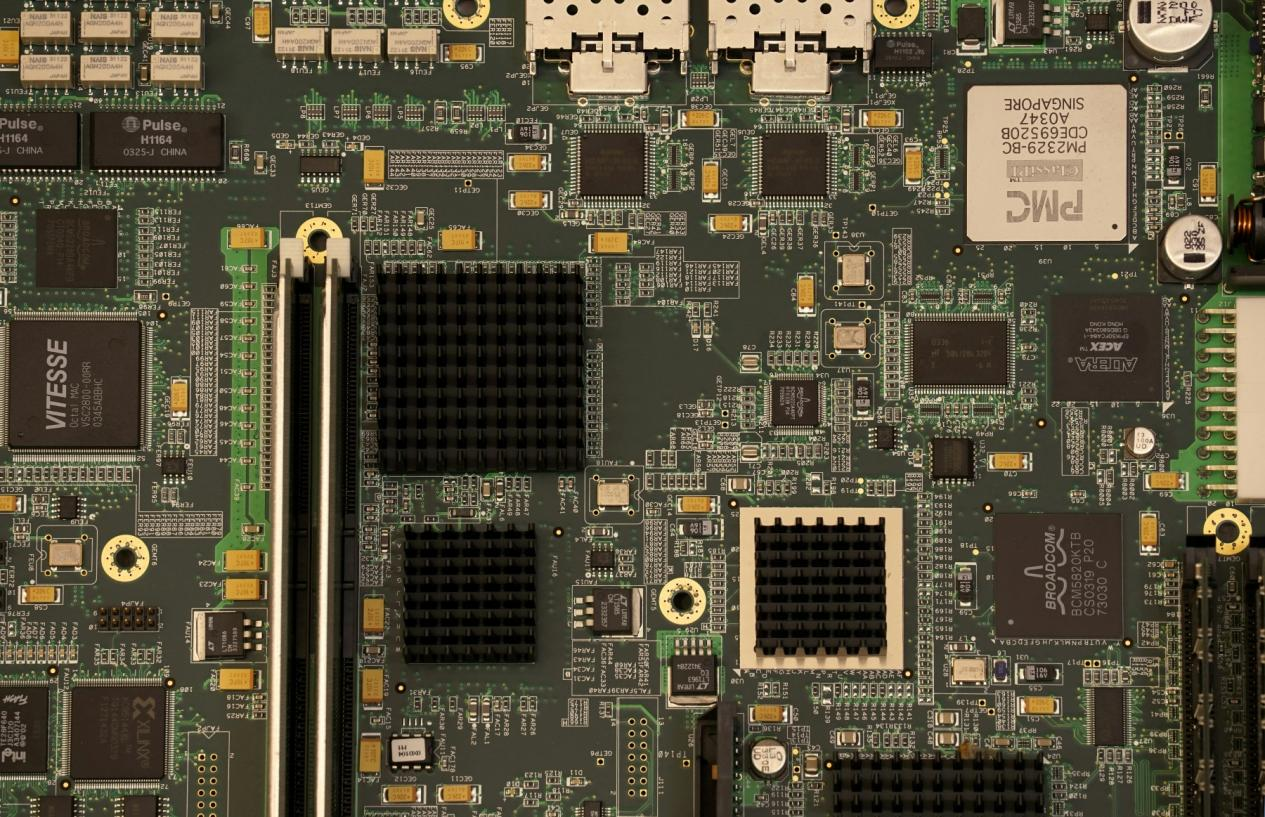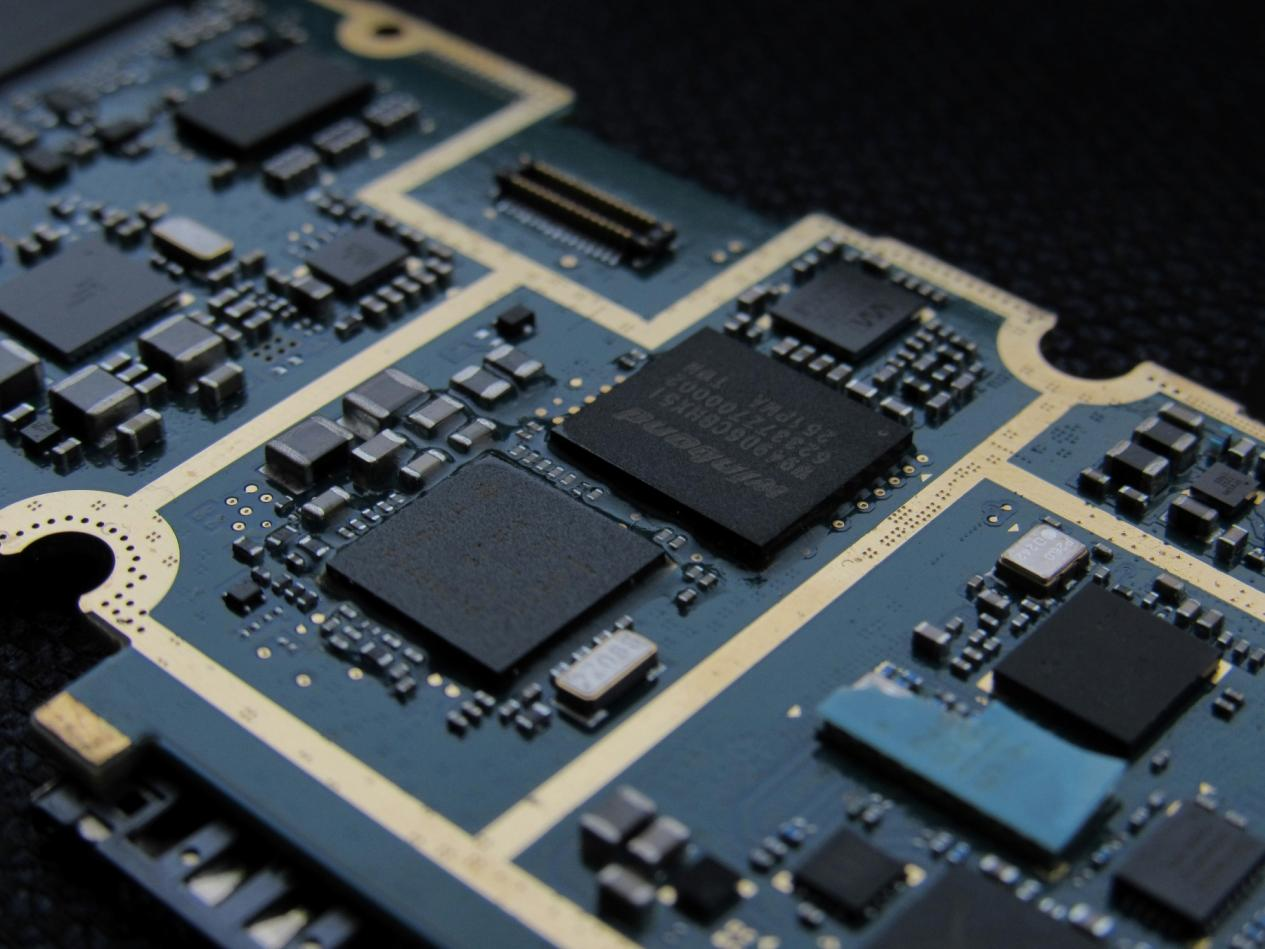
Smaller yet more powerful, that is how integrated circuits develop to bring more possibilities into reality. The advancing IC technologies drive innovation and functionality in virtually every device we use today, from compact smartphones to sophisticated medical devices. This article explores the evolution of IC technologies, ranging from small scale integration (SSI) to giant scale integration (GSI), shedding light on their significance and applications in the electronic industry.
What are Integrated Circuits (ICs)?
An integrated circuit (IC), also called a chip, is a compact device that integrates hundreds and even millions of interconnected electronic components on a single semiconductor material (usually silicon). The integrated collection of components, including transistors, resistors, and capacitors, enables ICs to perform different critical functions.
For instance, ICs can be found in processors that are responsible for data processing and analyzing, operational amplifiers that amplify the signals, and memory chips that store information. Today, more complex and powerful functionalities are enabled thanks to the developing IC technologies.

Evolution of IC Technologies
In this section, we will give a comprehensive introduction to integrated circuit technologies, including SSI, MSI, LSI, VLSI, ULSI, and GSI. They are marked by the level of integration, which is mainly the number of transistors integrated.
1. Small Scale Integration (SSI)
Small scale integration is the earliest form of IC technology, integrating 1 to 100 transistors on a chip. It enables basic electrical functions, and some common applications are basic logic gates, operational amplifiers, and flip-flops. SSI circuits can be found in early digital calculators and some simple control systems. They are cost-effective due to their easy manufacturing, but the limitation is their limited capabilities.
2. Medium Scale Integration (MSI)
Medium scale integration incorporates 100-1000 transistors on a single IC chip. The increased number of components allows for moderately complex functions, like multiplexing & demultiplexing and encoding & decoding. Some of its applications are multiplexers (MUX), counters, adders, and 4-bit microprocessors.
3. Large Scale Integration (LSI)
Large scale integration is a revolutionary step in IC technologies by accommodating 1000 to 10000 transistors on an IC chip. This IC technology enables more advanced components, like 8-bit microprocessors, ROM (read-only memories), and RAM (random-access memories).
LSI circuits enable the execution of complex operations, yet they still face challenges like power consumption. The good news is that there are new techniques being tried, such as utilizing more efficient transistors, to improve their power efficiency.
4. Very Large Scale Integration (VLSI)
Very large scale integration represents an exceptionally high level of integration with 10,000 to 1 million transistors on the chip. It enables more complex electronic components, such as 16-bit and 32-bit microprocessors, and the VLSI design is often used to make CMOS (complementary metal-oxide-semiconductor) circuits. Such a high integration level brings more powerful computational capabilities while also encountering real challenges such as power demand and heat dissipation.
5. Ultra Large Scale Integration (ULSI)
Ultra large scale integration takes it to the next level by accommodating 1 million to 10 million transistors on an integrated circuit chip. This makes more advanced functionalities possible, like the process of vast numbers of data and the execution of sophisticated computations. Particularly, this IC technology is exemplified by the Pentium series processors and empowers leading-edge electronic systems.
6. Giant Scale Integration (GSI)
Giant scale integration integrates more than 10 million transistors on one single chip. This exemplifies the highest level of miniaturization and complexity (for now) and is employed in highly intricate electronic systems. Some of its applications are embedded systems and system-on-a-chip designs. GSI circuits are significant in modern electronic technologies with their abilities for massive data management, advanced networking building, and more.
AIChipLink: Your Reliable Integrated Circuit Distributor Partner
Whether you are an electronic engineer or component manufacturer, understanding the development of IC technologies can help you know which type of integrated circuits better fits your needs. Meanwhile, AIChipLink, as an industry-leading electronic component distributor, can help you have the right ICs with our professional procurement and distribution services.
Our 15,000+ m2 warehouse stocks 4.9 million SKUs that are ready for same-day shipping. You can rely on AIChipLink to have reliable electronic components from 3000+ leading component manufacturers, including Analog Devices, Broadcom, Texas Instruments, and Microchip Technology.
As a trustworthy independent distributor, AIChipLink implements strict quality testing to examine the integrity of the electronic components and ensures our clients have authentic and brand-new components at a competitive price.
Conclusion
The evolution of IC technologies, from the original SSI to the latest GSI, showcases the incredible advancements that have propelled electronics into the modern age. They bring innovation and efficiency that transform industries and enhance everyday life.
The key to making your projects benefit from these advancements is to cooperate with a reliable distributor partner to have genuine electronic components. AIChipLink guarantees that by sourcing and distributing electronic parts from original component manufacturers and authorized distributors.
Contact AIChipLink if you are having problems finding the right electronic parts you need. We excel in having access to components that are hard to find or in shortage and can offer you a cost-effective solution!
Written by Icey Ye from AIChipLink.
AIChipLink, one of the fastest-growing global independent electronic component distributors in the world, offers millions of products from thousands of manufacturers. Whether you need assistance finding the right part or electronic components manufacturers for your design, you can contact us via phone, chat or e-mail. Our support team will answer your inquiries within 24 hours.